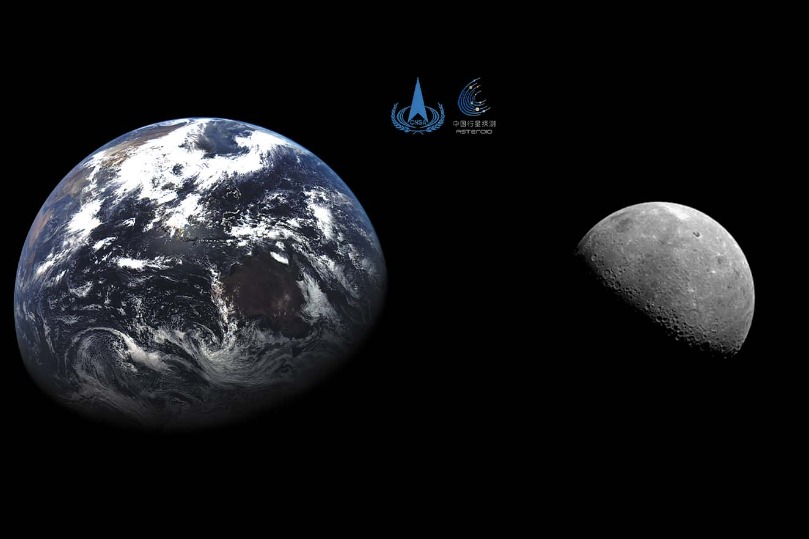February deficit not sign of a long-term trend

The February trade figures appeared to offer some good reasons for Chinese policymakers to celebrate: The world's largest exporter registered the biggest monthly trade deficit in seven years.
China had a deficit of $7.3 billion (5.23 billion euros) last month, as imports rose 19.4 percent year-on-year to $104 billion and exports grew a meager 2.4 percent year-on-year to $96.7 billion.
The figures prompted some analysts to predict that foreign pressure, especially from the United States, over the yuan will abate.
Moreover, optimists have taken it a step further by declaring the deficit a compelling sign of China's success in transforming the export-led economy. They are convinced China will embrace a consumption-driven economy very soon.
Is this really the case?
My view is that the surprising deficit is largely a result of two one-off factors rather than a reflection of a long-term trend.
One is the holiday effect. Chinese New Year, or Spring Festival, fell on Feb 3. During the weeklong holiday period, which many companies had extended, because factories mostly turned off their machines during the holiday to allow workers to enjoy family reunions.
The holiday, however, had a lesser impact on import businesses because manufacturers had to import raw materials for post-Spring Festival production and sellers had to import consumer goods for daily consumption, even during the holiday. All these led to a jump in imports but a decline in exports.
The other one-off factor is related to several big import deals.
During the visits by Chinese leaders to the United States and Europe last year, China signed big purchase deals for a wide range of products including Boeing aircraft, clean energy equipment and agricultural produce. The Boeing deal alone is worth $19 billion.
These deals were mostly signed in the second half of last year and many of the goods are due to be delivered in the first few months of this year.
That is why when we read the trade sheets of February, some large and costly items are among China's imports - aircraft, soybeans and high-tech equipment.
The deficit was also a result of rising imports boosted by high commodity prices.
In January and February, prices of iron ore imports jumped 62.6 percent while those of soybean imports went up by 22.7 percent.
Will the country continue to register a trade deficit in the coming months? Probably not.
The Spring Festival effect will no longer be there and exports will go up. High commodity prices will remain and big deals are expected to be delivered to China, two factors that will boost imports.
So whether there is a deficit really depends on which factors outperform.
If history is of any indication, chances for China to register more deficits are slim. The last time China witnessed a trade deficit was in March 2010 but it had surpluses in following months. (A reminder: Last year's Spring Festival fell on February 14). Therefore, the deficit in February this year seems to be a repetition of what happened about a year ago.
In China, the growth of imports has always been a strong indication of the future growth of exports, because China buys a lot of raw materials and half-finished products, processes them and then sells to overseas marketplaces - a business activity called processing trade.
Since imports went up in both volume and in price in the first two months of the year, exports will jump in volume and in prices in three to six months. Thanks to China's strong processing trade, we are almost sure to see a robust surge in Chinese exports in the second half of the year.
The deficit in February is by no means a reason to celebrate. It is anything but a sign to prove China's success in economic restructuring.
Indeed, if we want to find an indication to measure China's effort to optimize its economic structure, the ratio of processing trade to the total trade is the one.
A decline of the ratio is a step further in China's crusade of transforming itself from a processor to consumer. The ratio now stands at about 40 percent.
We could celebrate when it slides to 20 percent, a level at which, some calculations say, China can basically maintain a trade balance.
The author is an independent financial analyst and business consultant in Shanghai.
Today's Top News
- Consumption set to continue robust growth
- Li's visit to Rio to strengthen BRICS links
- Indian pilgrimages to Xizang resume after hiatus
- Lai's shameless display of hubris at cost of well-being of island's residents
- End of USAID doesn't end overt weaponizing of US aid
- Xi urges youth, students' federations to deepen reform, innovation for new achievements






























